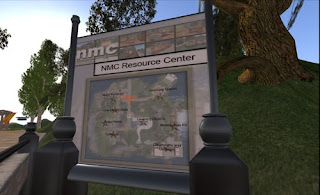
Hotels around the world are frequently exposed to a wide range of products, a plethora of co-branding opportunities are easily available to the hotel industry. Successful co-branding can provide a hotel with the competitive edge and differentiation that strategically fit with their branding objectives. To understand the brands preferred by hotel patrons, a unique study was planned, designed and conducted Basak Denizci and Paul Penfold in PolyU’s Virtual Hotel in Second Life in order to define the optimal level of co-branding in hotels.

Paul said, “The use of the Virtual Hotel does not only provide researchers with new tools for collaboration with other academics and fellow researchers worldwide, but also enables researchers to create innovative environments for conducting their research.”
Over a four-week period, participants visited the hotel rooms, reviewed the amenities and selected their preferred brands. Participants came from 39 countries including
According to Dr Denizci, “A similar research conducted in the real world would have to allow participants to stay in a hotel in order for them to try the range of brands available in a variety of hotel settings. It would be a very expensive exercise for any researchers and also very difficult for them to reach a truly representative and international hotel patrons.”
The second stage of the study involves conjoint analysis which is instrumental in determining the trade-offs that hotel customers are willing to make in their purchase decisions as well as in developing pricing strategies for hotels.
This study serves as a guideline for multi-branding in a hotel room setting for the purpose of positioning the hotel brand. Data collected will be used by researchers in determining the most preferred amenities to be branded as well as their brands as favoured by respondents with different socio-demographic background and traveling pattern. Over 700 participants from around the world took part in this research and the results will be published later this year.














